Using mobile phones as part of GOV.UK Verify
...we expect they will use a range of methods. Identity providers have to include 2 steps to authenticate users - a secret known only to the user (eg a password),...
...we expect they will use a range of methods. Identity providers have to include 2 steps to authenticate users - a secret known only to the user (eg a password),...
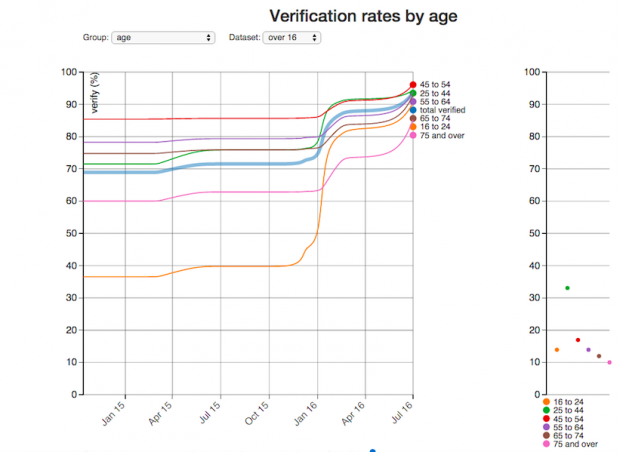
...combinations of things users have, we need to compare this to the combinations of things certified companies can use to verify users. The number of different combinations will grow over...
...shared library of code used for our SAML (Security Assertion Markup Language) messages. This removes dependencies between our microservices and will allow us to make changes to our code faster....
...remaining 3 are in private beta, available for invited users only as they are tested and developed ready for public use. Overall we’ve now verified more than 300,000 user identities,...
...a user creating or re-using a verified account with a certified company, we’ve: started investigating the technical possibility of helping users to pause their identity verification journey for them to...
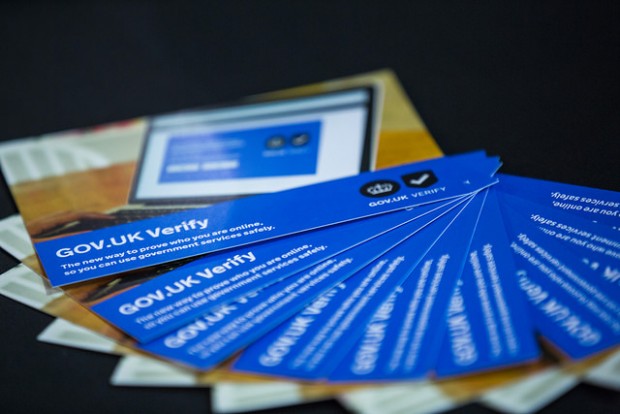
...we ran a trial to allow people to choose to use GOV.UK Verify to access the self-assessment service. We wanted to use the trial to learn about what it’s like...
...in private beta with small numbers of invited users. Last month we trialled basic identity accounts with HMRC’s Renew your tax credits public beta service and Apply for the marriage...
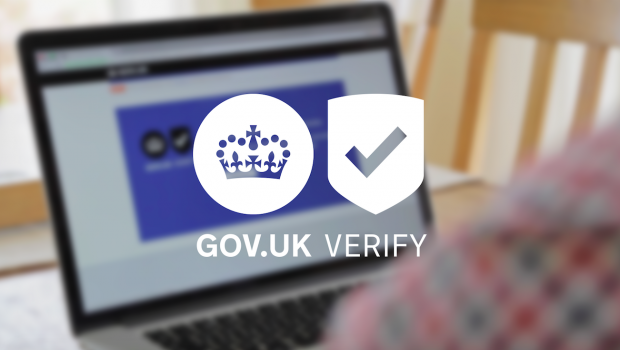
...researching improvements to the user journey and testing those with users in job centres. More on that soon. Collaborating with local authorities on a re-use discovery GOV.UK Verify represents government-backed...
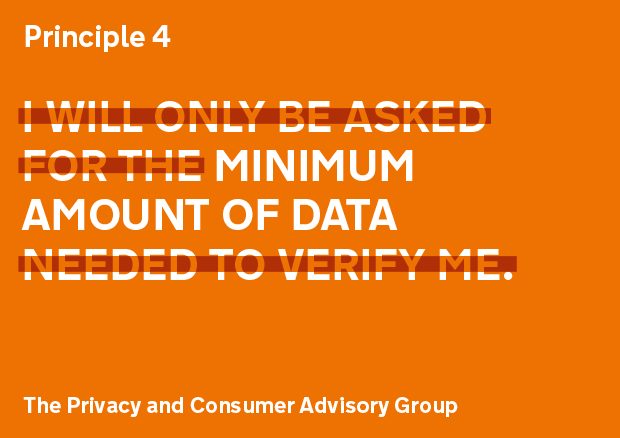
...to, for example: view and manage their basic personal information, view or amend their sign in options and see their account use history. An online account gives users the freedom...
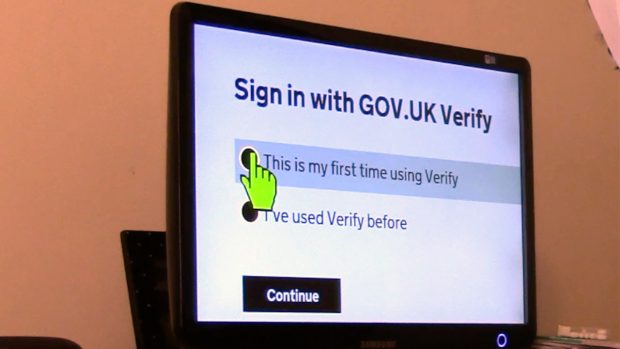
...real life. With a better understanding of users’ accessibility needs, we can remove barriers - or, even better, make sure those barriers don’t exist in the first place. We learnt...